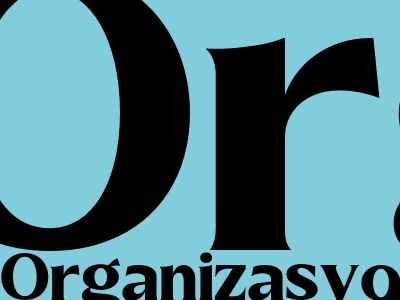Organizasyon: An Essential Guide to Establishing Effective Organizational Structures
Understanding the Concept of Organization
An organization refers to a structured entity comprised of multiple individuals working collaboratively towards achieving specific goals and objectives. It involves the coordination and allocation of resources, responsibilities, and activities to optimize efficiency and productivity.
Characteristics of an Organization
Key characteristics of an organization include:
- Defined Purpose: A clear understanding of the organization's mission, vision, and values.
- Structured Hierarchy: A defined chain of command and reporting relationships.
- Division of Labor: Specialization of tasks and responsibilities among members.
- Communication Channels: Effective mechanisms for exchanging information and coordinating activities.
- Shared Resources: Access to common resources such as technology, equipment, and facilities.
Importance of Organizational Structure
An effective organizational structure is crucial for several reasons:
- Clarity of Roles: Defines the roles and responsibilities of each individual, reducing confusion and improving accountability.
- Improved Communication: Facilitates efficient communication channels, reducing delays and misunderstandings.
- Optimized Decision-Making: Streamlines decision-making processes by clarifying authority levels and responsibilities.
- Increased Flexibility: Allows organizations to adapt quickly to changing circumstances by enabling the reallocation of resources and responsibilities.
- Enhanced Efficiency: Eliminates redundancies and streamlines processes, improving productivity and efficiency.
Types of Organizational Structures
Various types of organizational structures exist, each suited to different organizational needs:
- Functional Structure: Groups individuals based on their specialized skills and functions (e.g., marketing, finance, operations).
- Divisional Structure: Organizes based on product lines, regions, or customer segments, fostering specialization and autonomy.
- Matrix Structure: Combines functional and divisional structures, creating a flexible and adaptable structure.
- Flat Structure: Minimizes hierarchical levels, promoting collaboration and faster decision-making.
- Network Structure: Decentralized structure consisting of independent units collaborating through contracts and partnerships.
Steps for Establishing an Effective Organizational Structure
Creating an effective organizational structure involves the following steps:
- Define Goals and Objectives: Clearly outline the organization's mission, vision, and values.
- Analyze Activities: Identify and analyze the activities required to achieve organizational goals.
- Group Activities: Categorize activities based on their relatedness and functions.
- Assign Responsibilities: Delegate responsibilities and authorities to individuals or teams.
- Create Reporting Relationships: Establish clear lines of reporting and accountability.
- Document the Structure: Formalize the organizational structure in an organizational chart.
- Communicate and Train: Inform employees about the structure and their roles within it.
- Monitor and Evaluate: Regularly assess the effectiveness of the structure and make necessary adjustments.
Conclusion
An effective organizational structure is vital for the success of any organization. By understanding the concept of organization, recognizing the types of organizational structures, and following the steps for establishing one, organizations can create a framework that supports collaboration, efficiency, and goal achievement.

Komentar